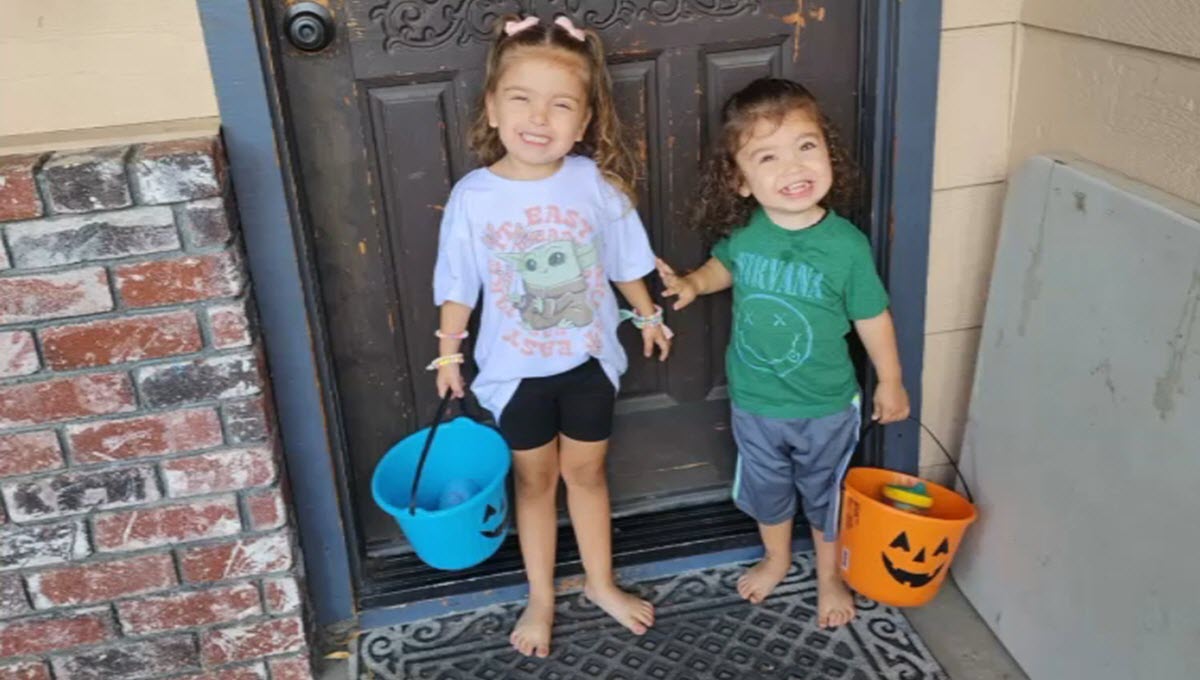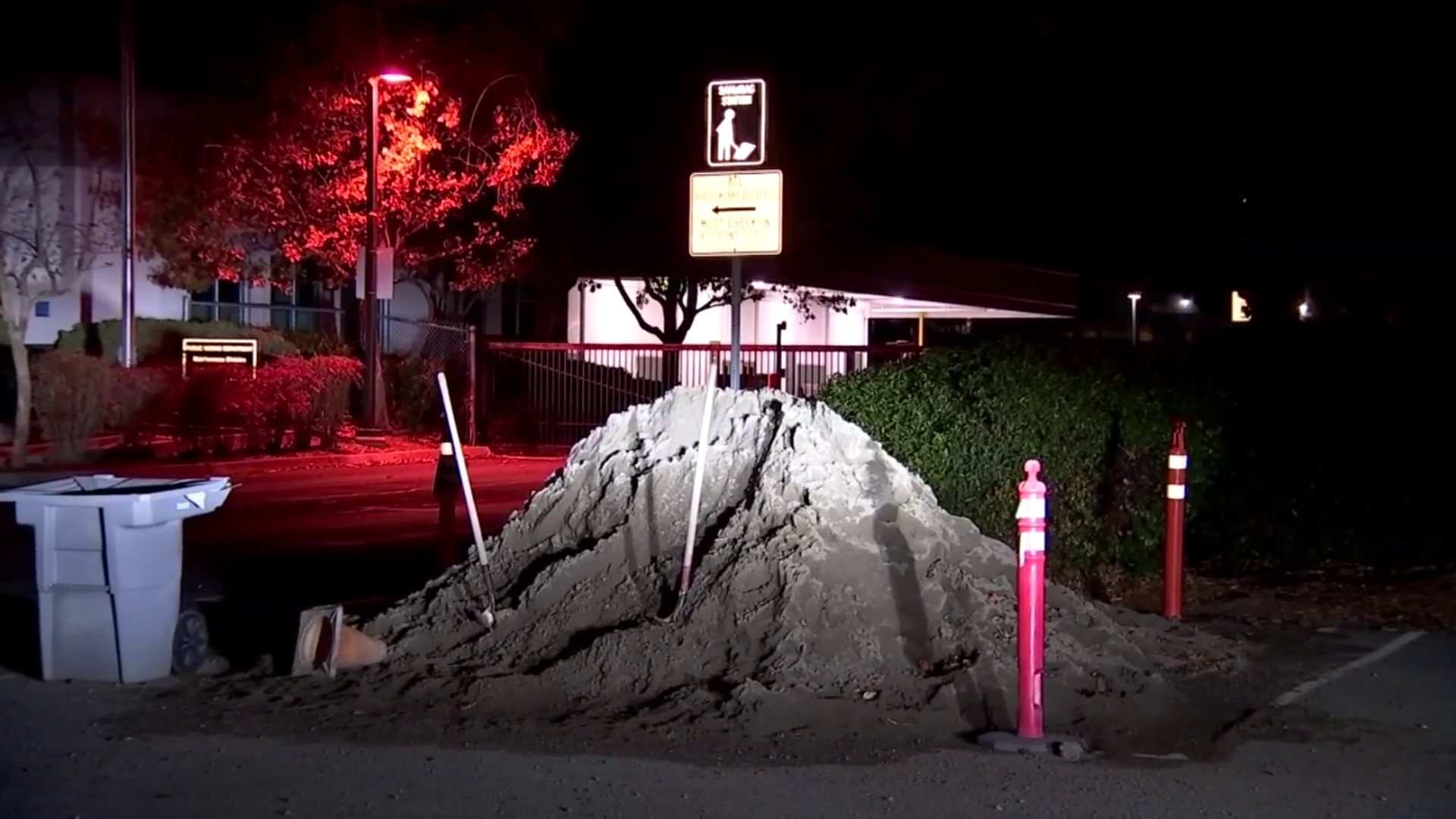After decades of earsplitting howling and screeching endured by riders and neighbors, BART officials say a redesigned wheel will finally cut the noise down – by as much as one half its current level.
The screeching is like nails on a chalkboard, the howling is maddening for riders – but both come from the same source: the wheels.
The engineers who designed BART called for a flat wheel tread that would be ideal to run at high speed on BART’S straightaways. But not long after the system opened in the early 70s, the howling began. BART engineers soon discovered that wheel vibrations had been creating tiny ruts, known as corrugations, in the rails. The screeching was caused by the slipping and sliding of the train wheels on curves.
Both can reach 90 decibels – the level of a motorcycle driving by from 25 feet away.
BART engineers say the walls of the Transbay Tube amplify both the howl and the screech.
Some of the riders seem resigned to the racket. “Unfortunately, a lot of riders,” BART board member Nick Josefowitz told NBC Bay Area News, “have just lost hope, a little bit.”
Board member Gail Murray says the complaints seem to correspond to the state of the tracks.
Local
“When the train tracks are smooth, people are happy and you don’t get the complaints,” she says. “But the tracks aren’t always smooth because we have 104 miles of tracks that we have to keep up.’’
To quell the din, BART crews have less than two hours each weekday night to grind down the ruts in the rails to eliminate the howl. But for more than four decades, there was nothing that could be done about the screeching turns.
Frustrated BART officials finally ordered Bombardier, the maker of the new fleet of 775 train cars to be delivered starting next year, to solve the problem once and for all.
They generated a computer model of track conditions and could accurately predict the kind of damage BART engineers have been dealing with.
Once the model was perfected, they could develop the right kind of wheel shape, or profile, to stabilize the trains and cut the noise.
BART chief vehicle engineer, Henry Kolesar, says the redesigned wheel allows for better handling around curves to cut screeching. The design also cuts down the track damage that led to the howling sound.
“It took hours and hours and hours of computer crunching before it was figured out what it had to be,” Kolesar said.
He hopes that the noise will be cut by as much as one half from the current high of 90 decibels inside the train. So far, he says, engineers who have been on the new trains during testing in Hayward have been encouraged.
“The ride quality, compared to our existing cars, is like night and day,” Kolesar said.
The new wheels will be on the new cars coming on line next year and the whole fleet will eventually be retrofitted. The wheels will not cost more, but Kolesar hopes they will last twice as long as much as five years – twice the expected lifetime of the current wheels.



